When I first switched from traditional TIG and MIG to fiber laser welding, I didn’t expect such a huge difference. The welds were 4× faster, cleaner, and cooler. The results were so consistent that we stopped worrying about heat distortion and rework completely.
Laser welding is different from TIG and MIG because it uses concentrated laser energy to melt metals with extreme precision, resulting in faster, cleaner, and stronger joints with minimal heat distortion or spatter.
Traditional welding feels like painting with a brush — wide, slow, and dependent on skill. Laser welding feels like drawing with a laser pen — sharp, focused, and automatic. Let’s break down how it compares and why more manufacturers, especially our partners at Kirin Laser, are switching to fiber laser systems.
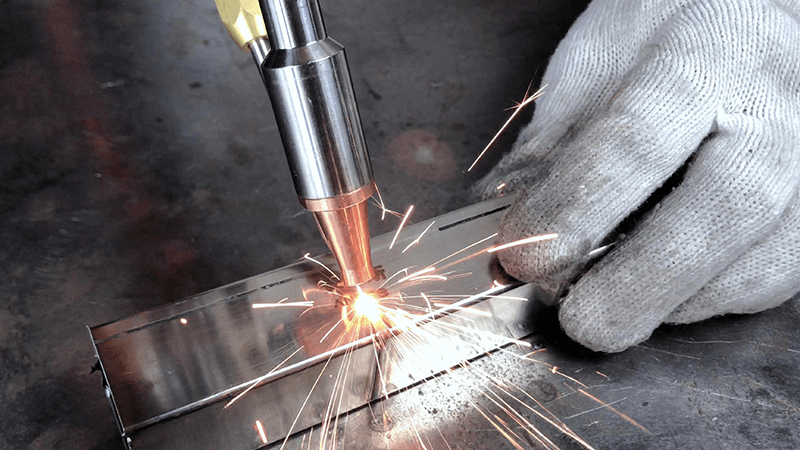
What is the difference between MIG TIG and laser welding?
TIG and MIG have served industries for decades. But they both depend heavily on the welder’s skill, gas control, and manual feed. Laser welding changes the game — it replaces the arc and filler wire with a laser beam that focuses energy precisely where it’s needed.
The main difference between MIG, TIG, and laser welding lies in how the heat is generated and applied: laser welding uses a focused beam of light for high-speed, precision joints, while MIG and TIG rely on electrical arcs, which create larger heat zones and slower processes.
Dive Deeper: Understanding the Core Difference
In my years working with industrial customers at Kirin Laser, I’ve seen the same problem repeat — manufacturers want speed without losing precision. Let’s look at the key differences between the three processes.
| Feature | MIG Welding | TIG Welding | Laser Welding1 |
|---|---|---|---|
| Heat Source | Electric arc with filler wire | Electric arc with tungsten electrode | Fiber laser beam |
| Speed | Moderate | Slow | Up to 4× faster |
| Precision | Low | High | Very high |
| Skill Level | Moderate | High | Low (after setup) |
| Heat Affected Zone (HAZ) | Wide | Medium | Very narrow |
| Suitable Materials | Thick steel, aluminum | Thin metals, stainless | Stainless, carbon steel, aluminum, copper |
| Post-processing | Often required | Sometimes | Rarely needed |
Laser welding stands out because it merges precision with automation2. The beam can be guided by robots or CNC systems, achieving consistent results every time. It also reduces energy use and material waste.
I remember a client from the automotive industry who switched from TIG to laser welding. They were welding small stainless steel components, and TIG required multiple passes. The laser system finished the same job in one pass — no spatter, no grinding, just smooth seams ready for assembly. That kind of repeatability is what sets laser apart.
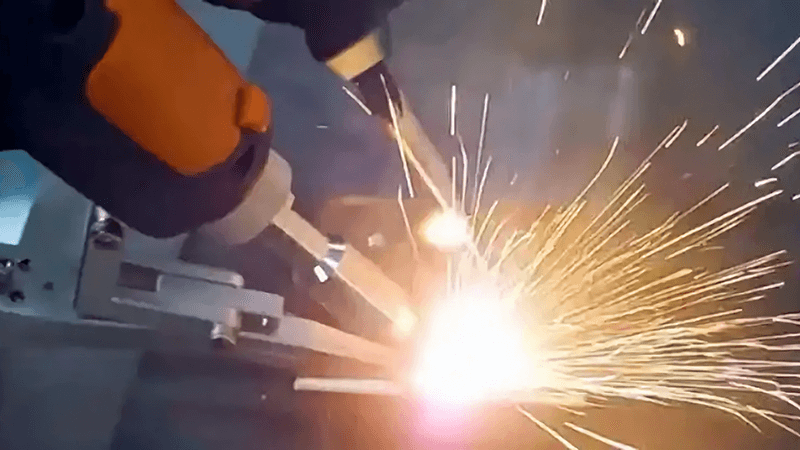
Do hand held laser welders work?
When handheld laser welding first entered the market, many doubted its reliability. People thought it was just a flashy gadget. But once we introduced handheld fiber laser welders at Kirin Laser, the reaction was immediate — “this is the future.”
Yes, handheld laser welders work extremely well for thin to medium metal sheets. They offer high speed, flexibility, and clean welds without the need for filler wire, especially for stainless steel, carbon steel, and aluminum.
Dive Deeper: Why Handheld Laser Welding Is Changing Workshops
Handheld laser welding machines bridge the gap between automation and flexibility. They’re compact, portable, and can replace TIG or MIG setups for most light-to-medium welding tasks.
| Parameter | Handheld Laser Welding3 | TIG Welding |
|---|---|---|
| Welding Speed | 2–4× faster | Slower |
| Skill Requirement | Minimal | High |
| Cleaning & Polishing | Almost none | Often required |
| Material Adaptability | Very wide | Limited |
| Power Efficiency | High | Moderate |
In our field experience, many fabricators adopt handheld systems for stainless steel furniture, cabinets, and custom frames. I worked with a client who used to employ three TIG welders. After switching to one handheld fiber laser welder, they achieved the same output with one operator — and the welds looked better. That’s real productivity in action.
The laser’s precision means no grinding, no deformation, and no messy spatter cleanup. It feels effortless once you get used to it. That’s why Kirin Laser handheld welders4 are now one of our best-selling machines globally.
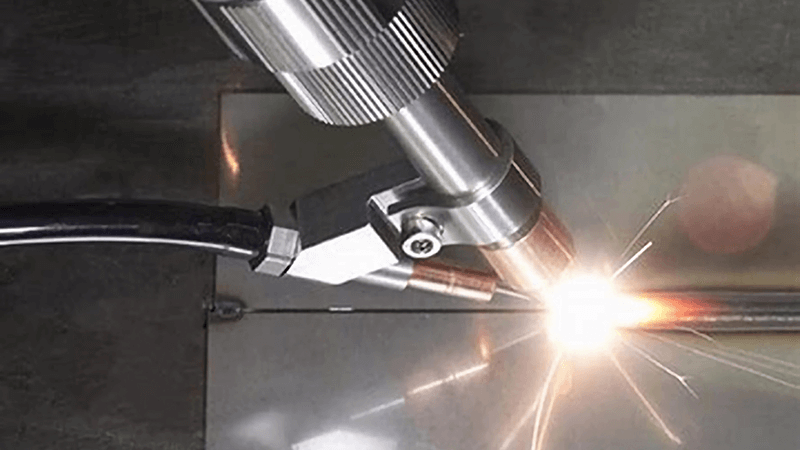
Can a laser welder weld copper?
Copper has always been a challenging material to weld. Its high thermal conductivity quickly draws heat away from the joint, causing inconsistent penetration with traditional methods. But fiber lasers changed that story.
Yes, a laser welder can weld copper effectively by using high-power fiber lasers (typically above 1000W) with precise beam control. The concentrated laser energy overcomes copper’s reflectivity and allows strong, stable joints.
Dive Deeper: Overcoming Copper’s Welding Challenges
Copper reflects about 95% of the energy from traditional laser sources. That’s why old laser systems struggled with it. But modern fiber lasers, especially those from Kirin Laser, use specific wavelengths (around 1070 nm) that are better absorbed by copper.
| Parameter | TIG/MIG Welding on Copper5 | Fiber Laser Welding on Copper6 |
|---|---|---|
| Penetration | Inconsistent | Stable |
| Surface Damage | High | Minimal |
| Reflectivity Issue | Severe | Controlled |
| Welding Speed | Slow | Fast |
| Joint Strength | Variable | High and uniform |
When I first tested our fiber laser on copper busbars, the results surprised even the engineers. The welds were clean, the joint strength was excellent, and the aesthetic quality was unmatched. For industries like electronics, battery manufacturing, and electrical components, that precision means fewer defects and longer product life.
Copper welding is no longer a limitation — it’s a field where laser technology shines the brightest.
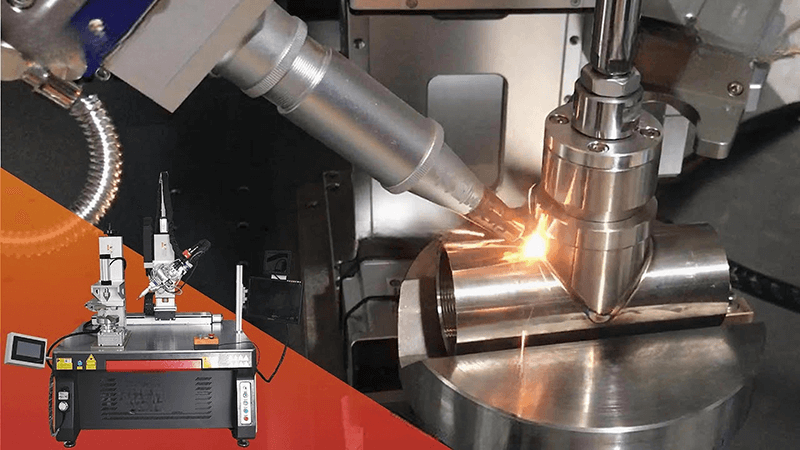
How thick of metal can a laser welder weld?
This is one of the most common questions I get from industrial buyers. They often assume lasers are only for thin sheets. But that’s no longer true with today’s high-power fiber systems.
A fiber laser welder can typically weld up to 6–8 mm thick stainless steel in a single pass, and even thicker materials with multi-pass or dual-beam systems.
Dive Deeper: Power, Focus, and Material Thickness
The welding capacity depends mainly on three factors: laser power7, material type, and focus control. At Kirin Laser, we design systems from 1000W to 6000W that handle everything from delicate sheet metal to heavy structural components.
| Laser Power | Max Stainless Steel Thickness (Single Pass) | Max Carbon Steel Thickness (Single Pass) |
|---|---|---|
| 1000W | 2 mm | 3 mm |
| 1500W | 3 mm | 4 mm |
| 2000W | 5 mm | 6 mm |
| 3000W | 8 mm | 10 mm |
| 6000W+ | 12 mm+ | 14 mm+ |
One of our customers, a heavy equipment manufacturer, was surprised when our 3000W laser welder handled 8mm mild steel8 without pre-heating or edge prep. They saved hours on each production batch. The narrow heat-affected zone also meant better structural integrity.
Laser welding’s ability to focus power in micrometers makes it more efficient than arc welding. Even on thicker metals, it keeps edges straight and clean, avoiding the warping that TIG and MIG usually cause.
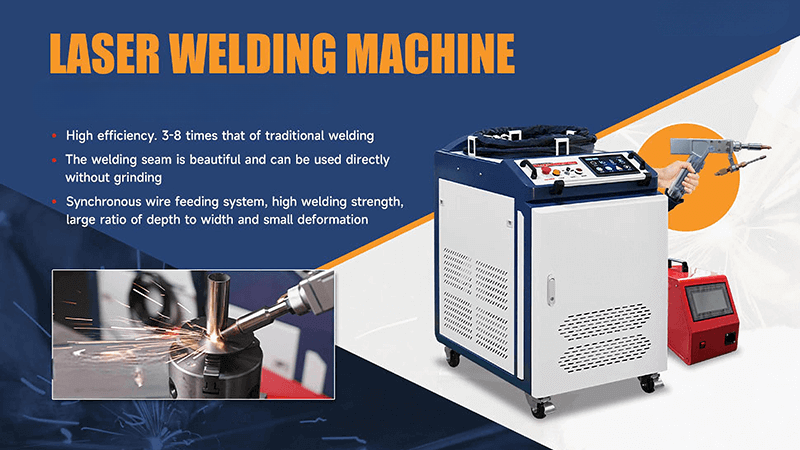
Can you spot weld with a laser welder?
Yes, absolutely. In fact, laser spot welding is one of the most widely used applications in electronics, automotive, and precision manufacturing. It delivers repeatable, clean welds with minimal thermal impact.
Laser welders can perform spot welding by pulsing the laser at specific intervals, creating small, precise weld points that join materials without deformation or large heat zones.
Dive Deeper: The Science Behind Laser Spot Welding
Traditional spot welding uses pressure and electrical current between electrodes. It’s effective but leaves visible marks and requires physical contact. Laser spot welding eliminates that contact — it uses light energy to fuse materials at micro points.
| Parameter | Traditional Spot Welding | Laser Spot Welding9 |
|---|---|---|
| Contact Required | Yes | No |
| Speed | Moderate | Very fast |
| Weld Size | Large | Microscopic |
| Precision | Low | Very high |
| Applications | Automotive panels | Electronics, jewelry, medical parts |
When I helped a precision tool manufacturer10 transition from resistance spot welding to laser spot welding, their reject rate dropped by over 60%. The micro-welds were invisible to the eye, yet strong enough to handle mechanical stress.
At Kirin Laser, our handheld and automated systems both support spot welding modes. It’s just a matter of adjusting pulse frequency and beam duration. Whether you’re working on delicate sensors or stainless steel components, laser spot welding offers unmatched precision and repeatability.
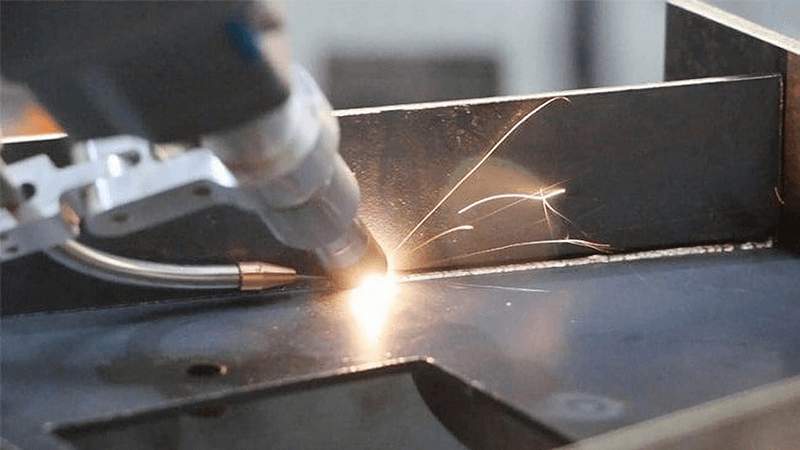
Conclusion
Laser welding11 is not just a faster alternative to TIG or MIG — it’s a transformation in how we think about metal joining. With fiber laser systems, we can weld thinner materials without burn-through, thicker metals without pre-heating, and even reflective materials like copper with ease.
From handheld flexibility to automated production, Kirin Laser machines deliver clean, consistent, and efficient welds that redefine industrial standards. After switching hundreds of customers from TIG/MIG to fiber laser systems, I’ve seen one truth repeated — once they experience laser precision, they never go back.
-
Explore the benefits of Laser Welding to understand how it enhances precision and efficiency in manufacturing processes. ↩
-
Discover how integrating precision with automation can streamline operations and boost productivity in manufacturing. ↩
-
Explore this link to understand how Handheld Laser Welding can enhance productivity and efficiency in various applications. ↩
-
Discover why Kirin Laser handheld welders are a top choice for professionals, offering precision and ease of use in welding tasks. ↩
-
Understanding the limitations of TIG/MIG welding on copper can help you appreciate the advantages of modern fiber laser techniques. ↩
-
Discover how fiber laser technology enhances copper welding with stable penetration, minimal surface damage, and high joint strength, revolutionizing industries. ↩
-
Understanding laser power is crucial for optimizing welding processes and achieving desired results in various materials. ↩
-
Discover how a 3000W laser welder efficiently processes 8mm mild steel, saving time and enhancing structural integrity in manufacturing. ↩
-
Explore the advantages of laser spot welding, including precision and speed, to enhance your manufacturing processes. ↩
-
Discover how advanced welding techniques can significantly improve quality and reduce reject rates for precision tool manufacturers. ↩
-
Find the best laser welding machine and laser welding solutions from Kirin Laser, clicking this link to get all your needs for your applications. ↩





